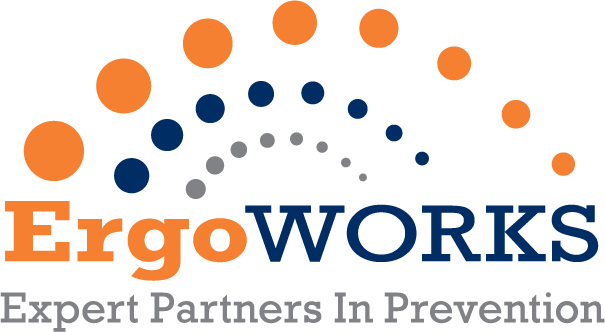Discover the importance of early reporting in preventing workplace injuries and learn how it can contribute to a safer work environment.
Recognizing the Signs: Identifying Early Symptoms
Recognizing the signs of early symptoms is crucial in preventing workplace injuries. By being aware of the warning signs, employees can be proactive in addressing potential issues before they become more serious. These early symptoms can vary depending on the type of work, but some common examples include persistent pain, discomfort, stiffness, or muscle strain.
It is important for employees to be educated about these early symptoms so that they can quickly recognize them and report them to their supervisors. This early detection can help prevent further harm and allow for quick treatment, which reduces the risk of further injury.
The Role of Early Reporting in Preventing Workplace Injuries
Early reporting is essential in preventing workplace injuries. When employees report their symptoms or potential hazards early on, it allows for timely action to be taken to address the issue. This can include implementing ergonomic safety measures such as providing necessary training, equipment, and adjustments to the work environment.
By reporting early, employees encourage a safer work environment not only for themselves but also for their colleagues. It helps create a culture of safety where everyone is encouraged to speak up and prioritize their well-being. Early reporting also enables employers to identify trends or patterns in reported symptoms, allowing them to implement preventive measures to reduce workplace injuries.
Creating a Culture of Reporting: Overcoming Barriers
Creating a culture of reporting helps overcome barriers that may prevent employees from reporting their symptoms early. Some common barriers include fear of repercussions, lack of awareness about reporting procedures, or a belief that the symptoms will go away on their own.
To overcome these barriers, employers should prioritize open communication and create a supportive environment where employees feel comfortable reporting their symptoms without fear of negative consequences. This can be achieved through regular training, proper ergonomic education, emphasizing the importance of early reporting, and ensuring confidentiality for those who come forward.
Additionally, employers should always listen to their employees and take action to resolve any reported issues. By fostering a culture of reporting, employees will be more likely to come forward with their symptoms, leading to early intervention and injury prevention.
Effective Reporting Strategies: Encouraging Employees to Speak Up
Encouraging employees to speak up and report their symptoms requires implementing effective reporting strategies. Employers can start by providing multiple methods of reporting injury or discomfort such as anonymous reporting systems or dedicated email addresses. This ensures that employees will not be afraid to talk about their injuries.
Regular communication and reminders about reporting procedures can also ensure that employees are mindful of their well-being in the workplace. This can be done through safety meetings, newsletters, or posters in common areas. Employers should also acknowledge and appreciate employees who report their symptoms early, creating a positive reinforcement that encourages others to do the same.
Additionally, employers should provide clear guidance on the steps to take after reporting symptoms, such as seeking medical attention from an occupational therapist, following up with supervisors, or accessing necessary resources. By providing needed support, employees will feel empowered to speak up and take the necessary actions to prevent workplace injuries.
The Impact of Early Reporting on Workplace Safety
Early reporting has a large impact on the safety of employees. It allows for timely intervention by ergonomic or occupational professionals and prevention of potential hazards which greatly reduces the risk of injuries. By addressing reported symptoms early on, employers can implement measures to eliminate or minimize the risks, creating a safer work environment.
Furthermore, when employees report discomforts before it escalates to a larger injury, employers are able to identify and address the causes of workplace injuries quickly. By analyzing reported symptoms and their patterns, employers can identify trends or common factors that contribute to the occurrence of injuries. This information can then be used to implement targeted safety measures, provide additional training, or make necessary adjustments to work processes or equipment.
Overall, early reporting prevents workplace injuries and promotes a safe environment and employee well-being. It encourages employees to advocate for their own safety and encourages open and honest communication between employees and employers. By prioritizing early reporting, organizations can create a safer and healthier work environment for everyone.


